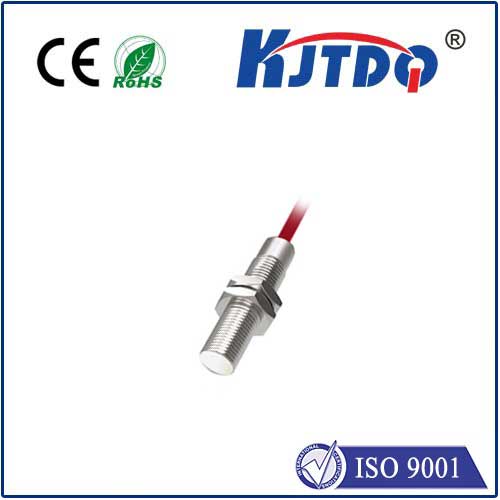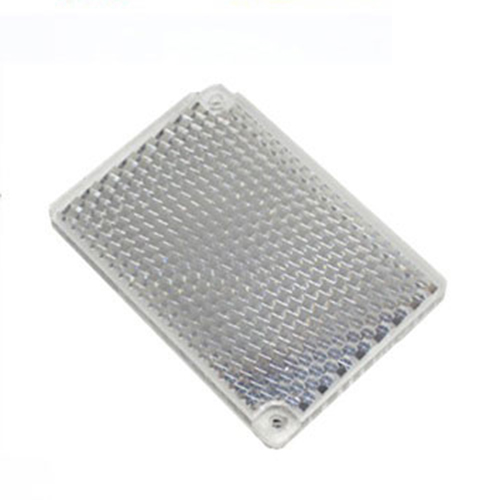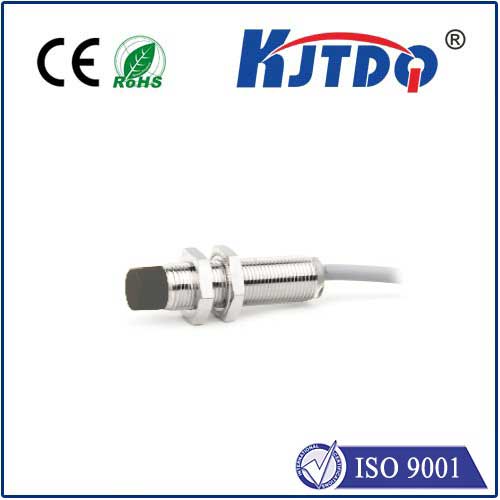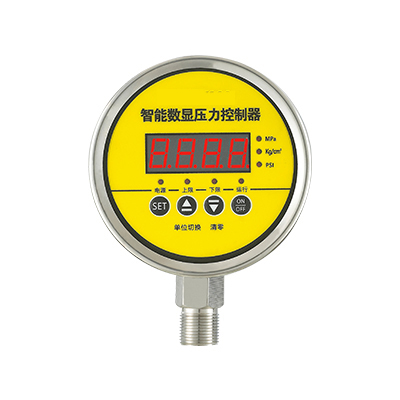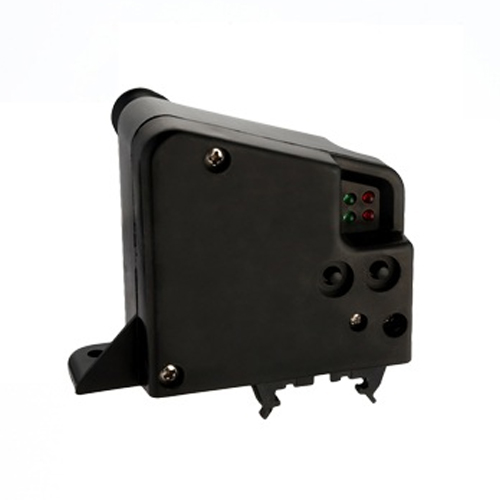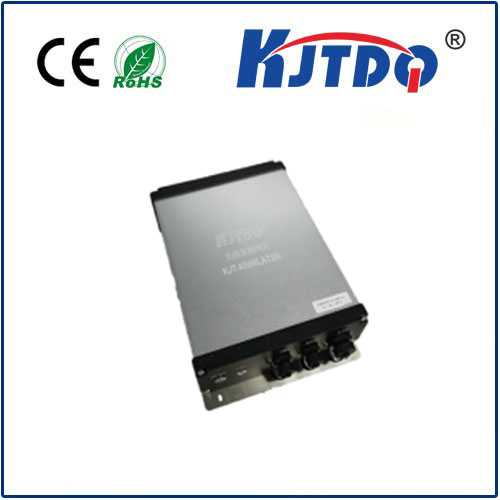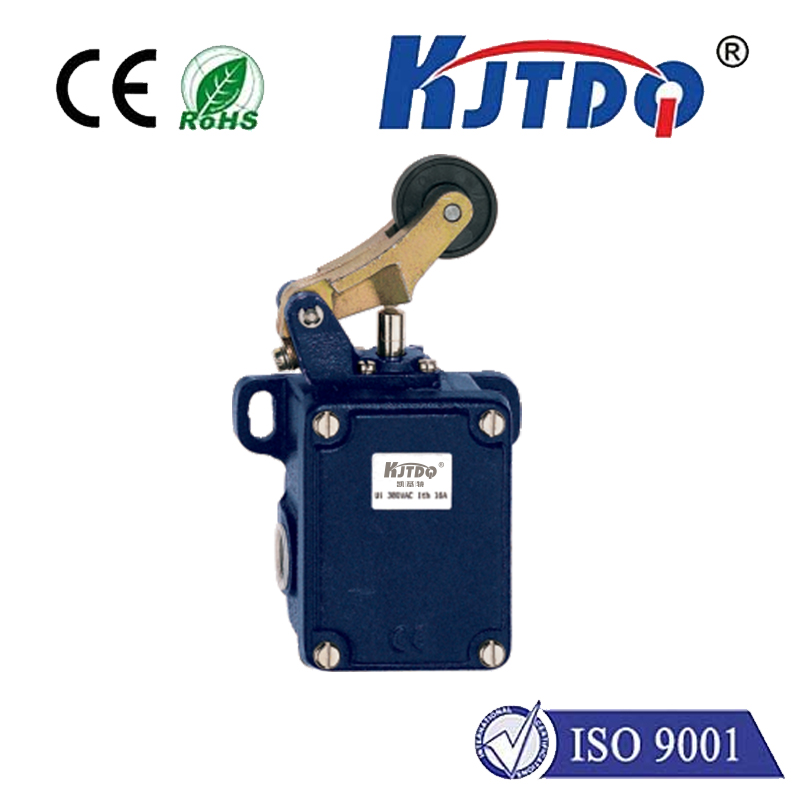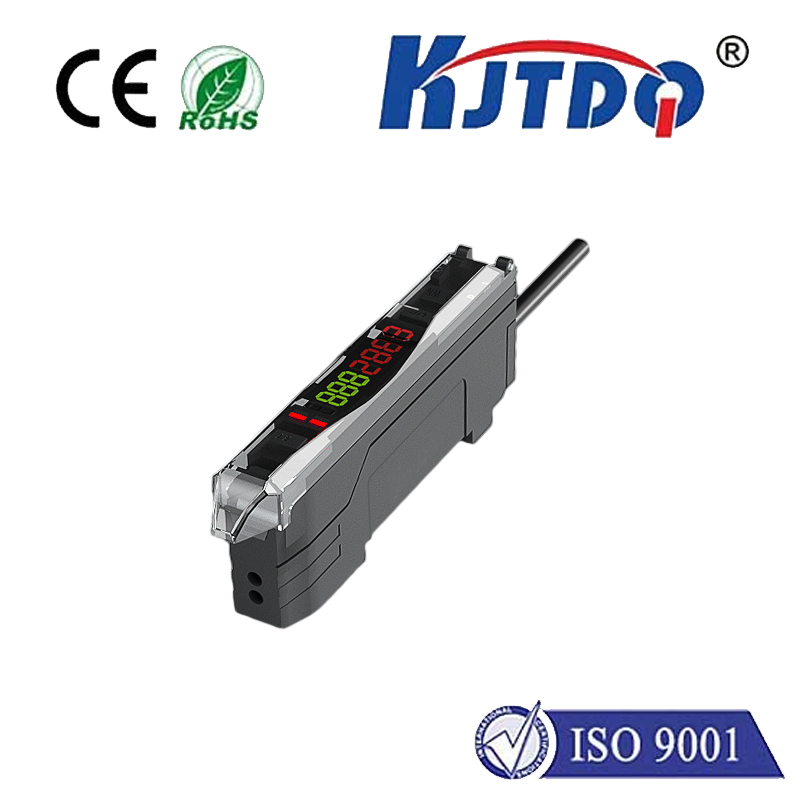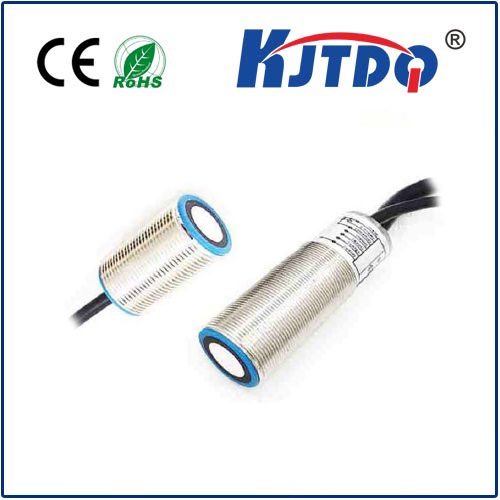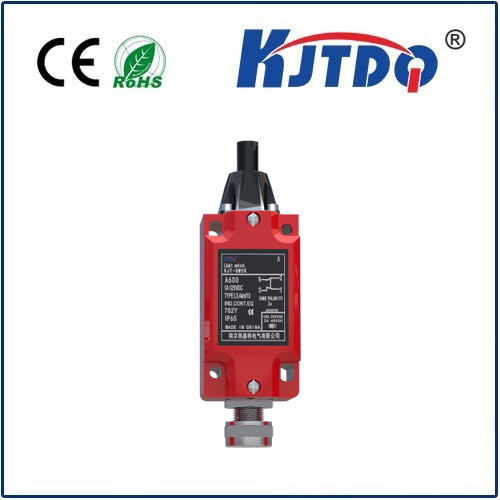Датчик квадратного приближения
- time:2025-07-17 09:13:20
- Нажмите:0
Square Type Proximity Sensors: When Shape Dictates Function and Fit
Imagine adding a vital sensing component to a tightly packed piece of industrial machinery. Every millimeter counts, corners are sharp, and space is at a premium. A standard cylindrical sensor might bulge awkwardly or fail to fit the mounting constraints. This is precisely where the Датчик квадратного приближения shines – a design where geometry becomes a key feature, not just an afterthought.
While inductive proximity sensors fundamentally operate on the same principle – detecting the presence of metallic objects via an electromagnetic field without physical contact – the physical form factor plays a crucial role in their real-world application. The Датчик квадратного приближения offers distinct advantages rooted in its shape, solving specific installation and space challenges inherent in modern industrial automation, packaging lines, material handling, and beyond.
Beyond the Cylinder: The Rationale for Square
The traditional cylindrical proximity sensor is ubiquitous for good reason. Its shape is inherently robust and easy to manufacture. However, its rounded form presents limitations:
- Space Utilization: Cylinders have inherent “dead space” around their circumference when mounted adjacent to walls, other sensors, or structures. A Датчик квадратного приближения, with its flat sides, can be mounted flush against surfaces or packed tightly side-by-side, maximizing space efficiency in compact enclosures or on crowded mounting plates.
- Mounting Stability: The flat sides of a square inductive proximity sensor provide inherently greater stability when mounted against a flat surface or within a matching square cutout. This minimizes vibration-induced movement or rotation, ensuring consistent sensing performance and reliability, particularly critical in high-vibration environments.
- Alignment Precision: The defined edges of a square sensor offer visual and physical aids for precise alignment during installation. This can be crucial for applications demanding high positional accuracy or where the sensor needs to interface perfectly with a specific target geometry.
- Target Approach: Certain mounting scenarios benefit from a sensor that can approach the target material from a flat face rather than a curved surface, potentially allowing for slightly different mounting angles or compatibility with specific brackets.
Core Advantages of the Square Form Factor
Let’s delve deeper into the tangible benefits driving the adoption of square type proximity sensors:
- Compactness and Density: As the demand for miniaturization in machinery increases, the ability to pack more functionality into less space is paramount. Square sensors excel here. Their geometric shape allows them to be mounted literally edge-to-edge, significantly increasing sensor density on a panel or within a confined space compared to cylindrical equivalents.
- Flush Mounting Superiority: While cylindrical sensors can sometimes be flush mounted, the square design is inherently suited for it. The entire sensing face and sides can sit perfectly flush against a metal bracket or mounting surface without gaps, maximizing environmental protection and simplifying installation when this mounting style is required. This is often essential for washdown environments or areas with heavy debris.
- Enhanced Stability and Security: The larger surface area in contact with the mounting surface, thanks to the flat sides, provides superior resistance to torque and twisting forces. This makes square proximity sensors less prone to loosening or shifting position over time due to vibration or accidental knocks – a key factor in maintaining reliable operation over the long term.
- Protection and Sealing: The rectangular form factor often facilitates robust sealing designs. Square sensors are frequently manufactured with rugged, high-impact plastics (like PBT) or stainless-steel housings and boast high IP ratings (Ingress Protection – e.g., IP67, IP69K). This makes them exceptionally resistant to dust, water jets, cleaning chemicals, and mechanical impacts, thriving in harsh plant environments.
- Ease of Installation: Many square sensors feature integrated mounting holes or slots that align perfectly with their square edges. Combined with their inherent stability, this often translates to a faster, simpler, and more secure installation process compared to trying to prevent a cylinder from rotating while tightening its locknut.
Where Square Sensors Make Their Mark
